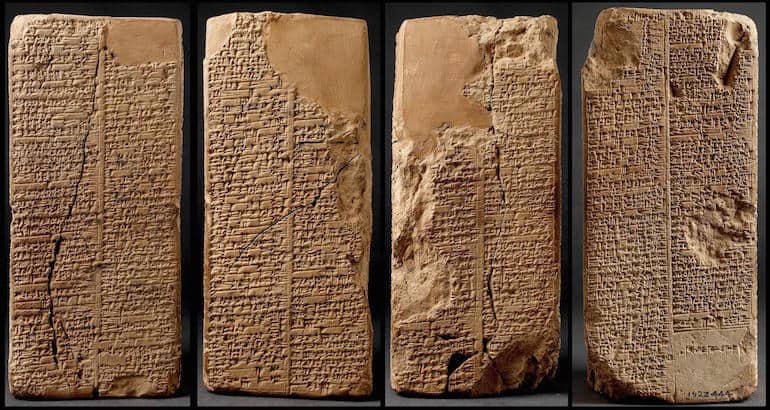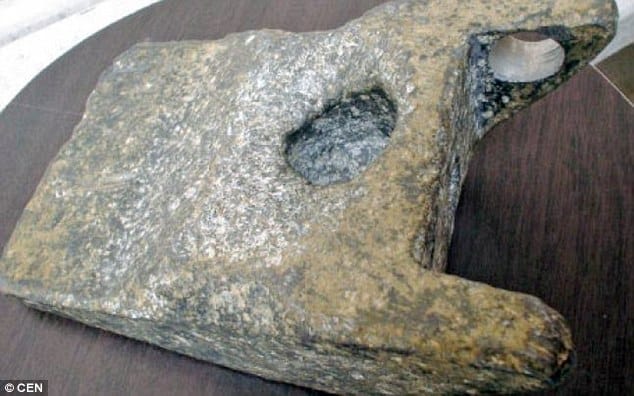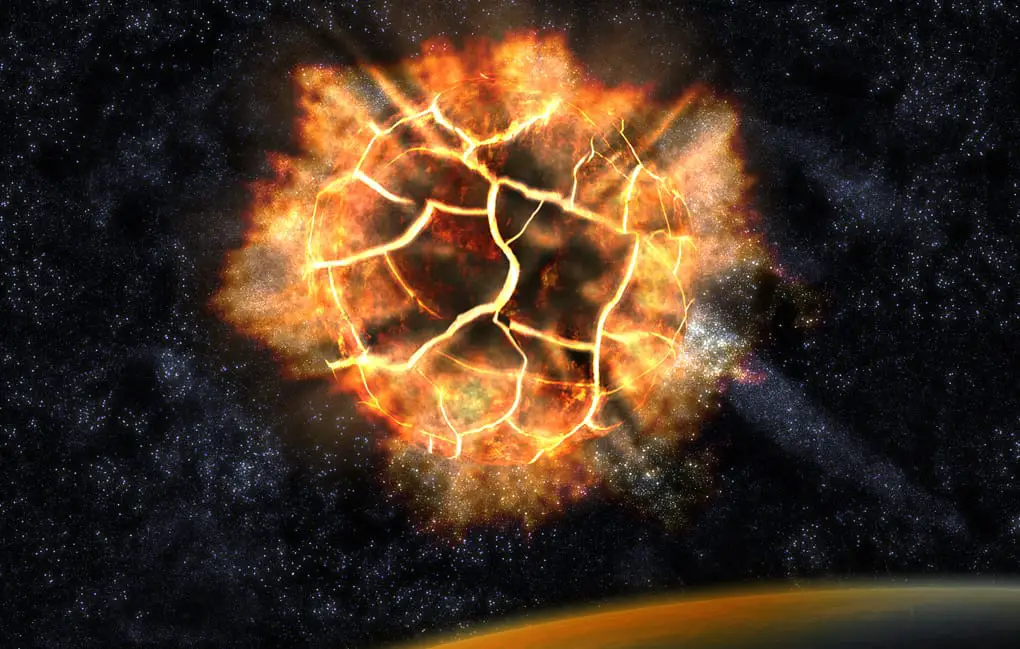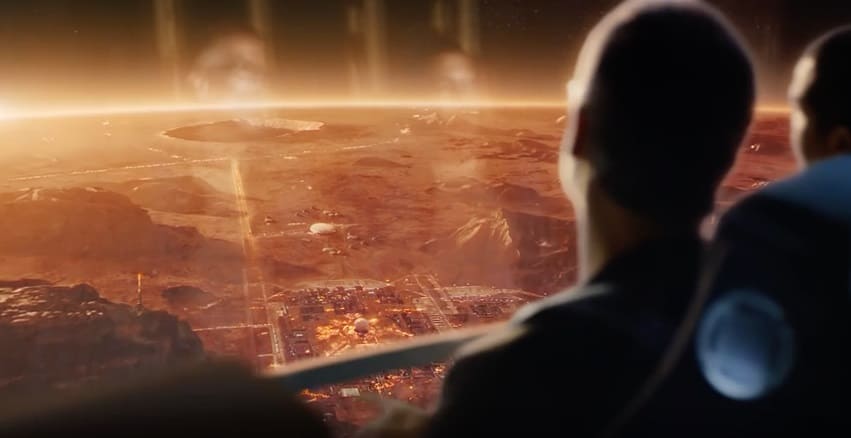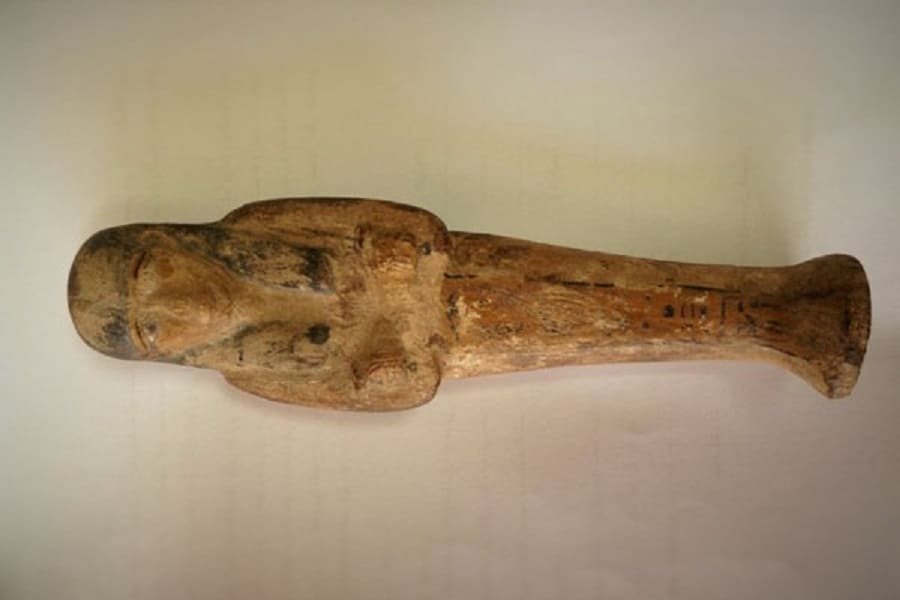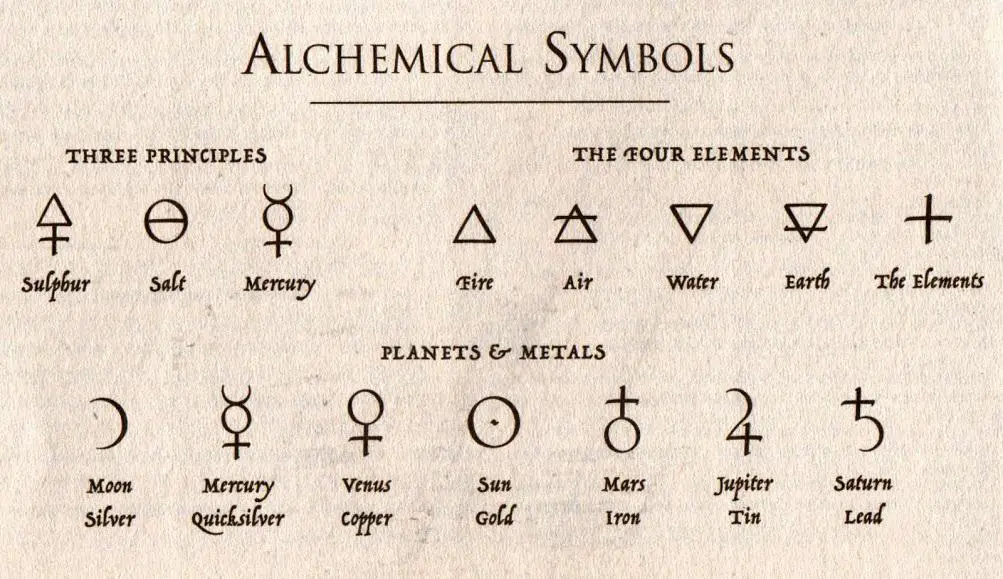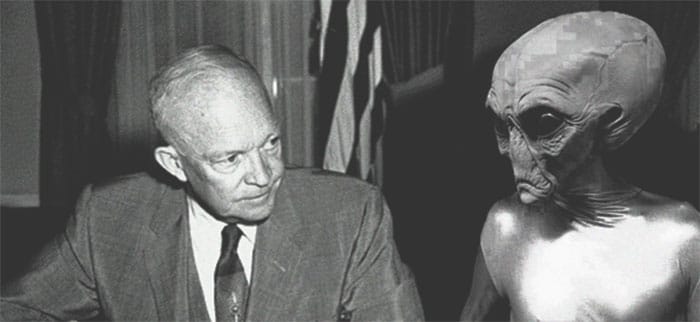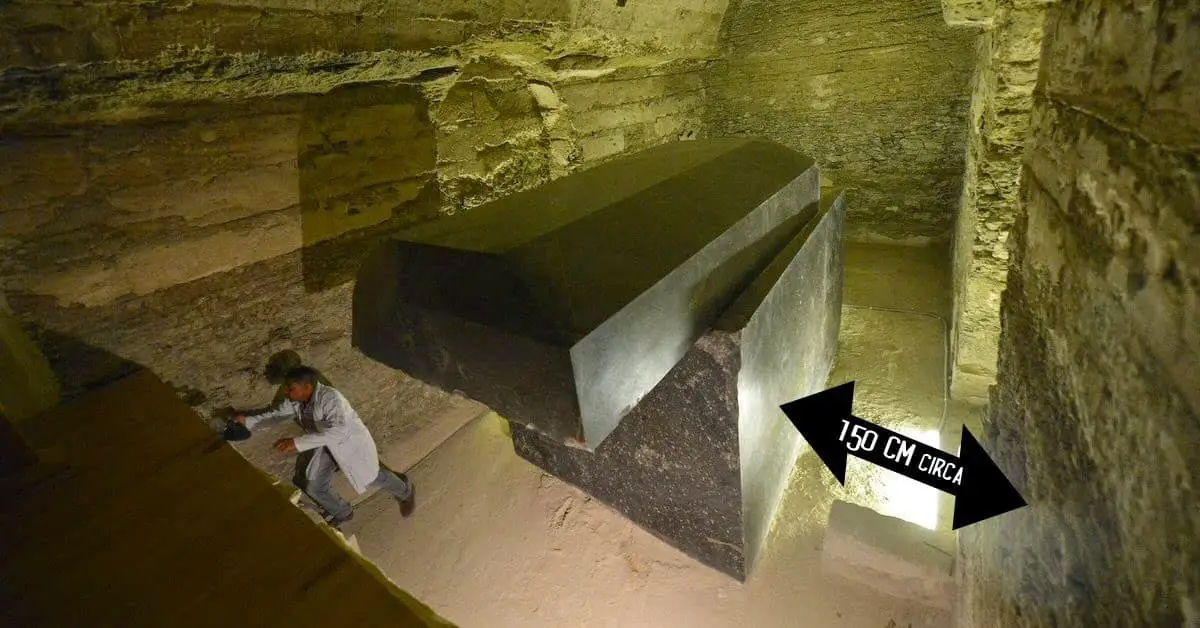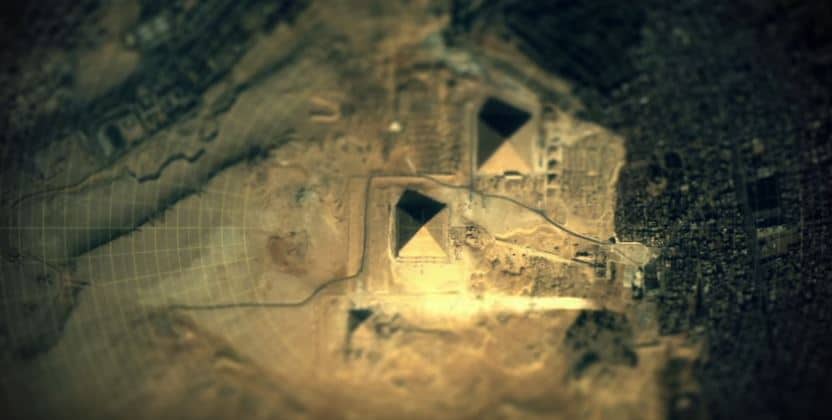15 facts about the Sumerian King List: When gods ruled Earth
Among the numerous ancient texts, manuscripts and scrolls that completely disagree with mainstream history –or at least offer a complementary view— we find the ancient Sumerian King list which according to many is one of the most mysterious and important ancient texts ever discovered on Earth.
Why? Because it...
250,000-year-old artifact: The ultimate evidence of ‘Ancient Astronaut’ technology?
The discovery of an ancient artifact, mainly composed out of aluminum is considered as compelling evidence of 'ancient astronaut' visitations to Earth over 250,000 years ago. Lab tests have confirmed the age of the artifact and its mysterious composition.
The idea that humanity has been visited by beings not from...
In 1178, five Monks at Canterbury saw part of the Moon explode
"...Out of the middle of its division, a burning torch sprang, throwing out a long way, flames, coals, and sparks. As well, the moon's body which was lower, twisted as though anxious, and in the words of those who told me and had seen it with their own eyes,...
Do These 4 videos ‘prove’ the US has a Secret Space Fleet?
YouTube Video Here: https://www.youtube.com/embed/j8-f-9pjpC0?feature=oembed&enablejsapi=1
In recent times, many people have come forward saying that there's more to NASA and space than we have ever been told. But are these just empty claims? Or is there something more to it? According to hackers, government officials and even former military personnel, there...
Secret Space Program Whistleblower claims Humans are on Mars since 70s
A secret space program whistleblower claims Humans have been traveling to Mars for decades. Interestingly, many former NASA employees and military officials have come forward speaking about the existence of a Secretive Space Program and technology that goes far beyond what society knows.
“There exists a shadowy government with its own Air...
Ancient Egyptian artifact found in Mexico confirmed as authentic
YouTube Video Here: https://www.youtube.com/embed/mn4vGBYQQqk?feature=oembed&enablejsapi=1
A mysterious statuette discovered in Mexico has recently been confirmed as Authentic. The mysterious statuette dates back to the 19th dynasty and has ancient Egyptian hieroglyphs covering its surface. Researchers confirmed that the item discovered in Mexico is, in fact, an ancient Ushabiti figurine.
The ushabtis were funerary figurines...
Alchemy, Isaac Newton, and the secret code of the number three
One of the most influential scientists of the 17th century was Isaac Newton. Newton introduced what became the basis of all modern physics: the three laws of motion, but what many people don’t know is the fact that Isaac Newton was an extremely mystic person and extremely interested in alchemy.
Found among his documents about philosophy, astronomy, and...
Universe has two trillion more galaxies than previously thought
Researchers have recently found that the observable universe is much larger than previously thought. According to a new study, the observable universe has two trillion more galaxies than researchers thought in the past.
One of the fundamental questions in astronomy is how many galaxies are there in our universe.
Astronomers had...
Former Pentagon consultant claims President Eisenhower had 3 secret meetings with Aliens
YouTube Video Here: https://www.youtube.com/embed/QvsMmDphWk8?feature=oembed&enablejsapi=1
During the late hours of February 20-21 of 1954, while President Eisenhower was officially on vacations in California, the 34th president of the US went 'missing' and was supposedly taken to Edwards Air Force base for a secret meeting with otherworldly visitors.
For years it is said...
Advanced ancient technology beneath Egypt: 100-ton stone boxes baffle researchers
YouTube Video Here: https://www.youtube.com/embed/a6O7TjogutM?feature=oembed&enablejsapi=1
Ultimate evidence a lost ancient technology created before the time of the Dynastic Egyptians. Inside a tunnel system carved out of the solid limestone bedrock in the desert of Egypt, more than 20 granite boxes made of precision-shaped Aswan granite are a true enigma. Said by some...

